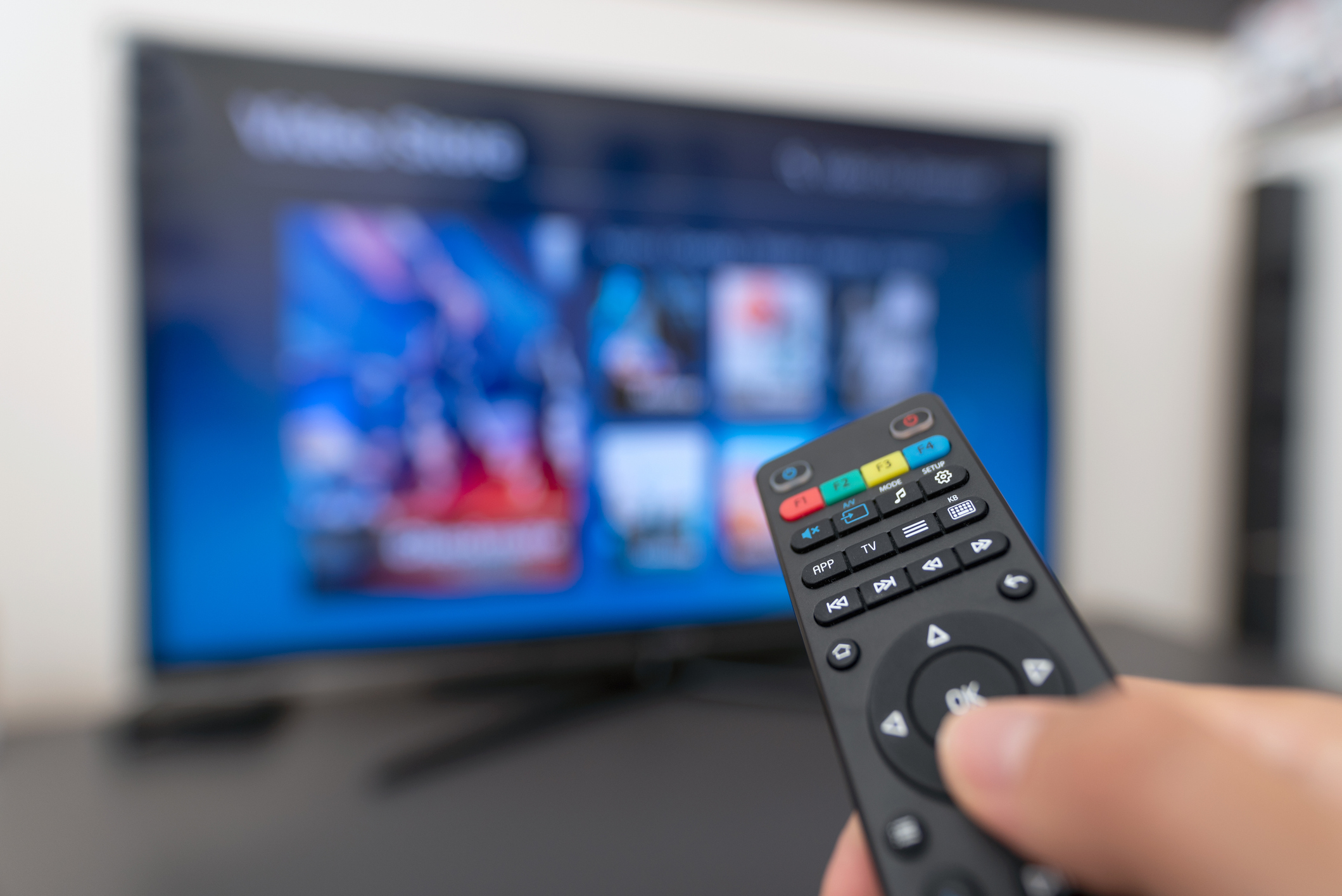We now have a clear line-of-sight to an all-streaming TV future, and a pivotal 10-15 years ahead during which every media company, large and small, must secure their distribution, content discovery, aggregation, audiences and monetisation for this environment – which in some regions or countries could also be a post-broadcast world.
There are compelling clues to what all-streaming will look like, yet so much still to be determined. Streamification is a free news and analysis title to track thought-leadership and innovation across product/service development, go-to-market strategies, technology, and policy making during the final push towards all-streaming.
Streamification is focused on a European audience but takes its innovation inspiration from the whole world. Editorial will be driven by developments that solve problems and create opportunities for even the most advanced television product, strategy and tech/ops teams. In Streamification, you can expect a sharp focus on ideas and implementations that move the needle.
The final push to all-streaming (or something very close to it) will probably coincide with broadcast switch-offs, although we will be tracking any solution enabling streaming over broadcast networks (like DVB-NIP), too. We will focus on next-generation CDNs and innovations claiming to be CDN replacements, always asking what the ‘final’ television-over-broadband delivery network will look like.
Meaningful broadcast switch-offs will require government-level involvement and raise access and fairness issues, with broadband neither universally brilliant, nor free to the poor today. We will follow broadcast switch-off policy strategies as they develop, and consider how they impact all stakeholders.
Streamification cares about:
- Television/premium video distribution and aggregation strategies and technologies that ultimately determine how/where the streamed content of the future reaches consumers.
- The unprecedented potential for audience redistribution, and how each media owner maintains or grows their share of viewing time as the broadcast-to-streaming migration progresses.
- Advertising innovations to help fully monetise streaming audiences, and the wind-down of the broadcast-led advertising business and tech stack, and its replacement with an all-digital video advertising ecosystem.
- Capacity scaling across everything that underpins the delivery of streaming television and digital video advertising, ready to cope with consistent mass-concurrency streaming audiences.
- Consumer behaviours, expectations and predictions as they prepare for, and adjust to, the realities of broadcast switch-offs or partial closures and what it means for them.
- UX innovations to make streaming TV an easier experience for the tech-shy, the vulnerable, and the proud digital laggards.
- Government-level and inter-governmental policy, video delivery specifications and standards, and advertising standards and expectations that underpin the migration to all-streaming.
- The evolution of funding and business models if broadband becomes a necessity for access to television.
- The dynamics created by internationalisation, underpinned by borderless streaming delivery yet still-powerful national markets for regulation, ad sales and content, with a special interest in initiatives that create a more unified European market.
- The practical transfer of audiences and viewing hours across every demographic from broadcast networks and CPE to streaming networks and all-IP viewing equipment.
- Customer premise equipment, the UX/CX, operating systems and platforms that define the consumption experience and the business value chain in an increasingly streamed television world.
- Ways to increase capacity for streaming delivery networks while reducing cost and carbon footprint.
John Moulding, Editor-in-Chief at Streamification, comments:
“What started for most people with some stuttering video streaming to desktops will become the replacement for broadcast TV as we knew it. It’s been a staggering journey so far, and its end is now in sight. The next 10-15 years are going to be pivotal, deciding who wins and who loses in the all-streaming – or very nearly all-streamed – world.
“Connected TV will become ‘TV’ and digital advertising will become ‘advertising’, and everything will be wrapped in an IP packet. It sounds simple enough, but much could go wrong for media companies we care about, and even consumers. Proliferation of TV ‘supply’ must be matched by an increased share-of-consumer-wallet or consumer attention if we want to maintain the current rich and fragmented landscape.
“The economics of building, maintaining and delivering streaming services is challenging. The advanced (digital) advertising transformation must be a stand-out success, or money will drift to other media. If we are going to rely mainly on broadband for TV delivery, we need to figure out how to guarantee low-cost universal access in future – because broadband is not free to the poor. Regulators are going to become a bigger part of this story, moving forwards.
“My personal hope is that we can protect what we love from the broadcast era while encouraging innovation to create a best-of-everything, all-streaming future. With so much still to play out, it feels like a good moment to launch a new title.”
Photo credit: iStock, Simpson 33


